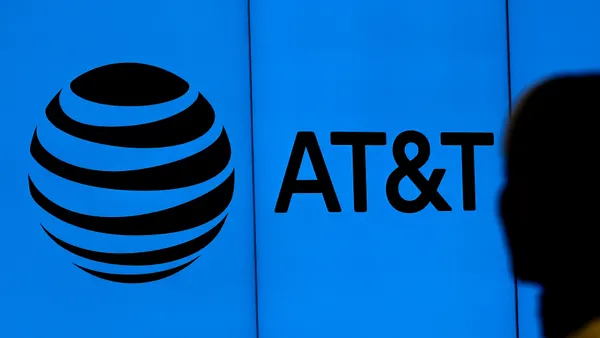On average, corporate job openings attract a whopping 250 applicants per opening1, yet only a handful will make it through to interview. At 2-3 pages each, that’s upwards of 750 pages to sift through to fill just one job – and who’s got time for that? Enter: the algorithms.
At their core, algorithms are designed to spot patterns in existing data and make predictions regarding future data, based on a definition of which variables (such as skills, for example) are a match. And the more data you feed an algorithm – so the thinking goes – the more accurate their predictions. This is certainly the case when it comes to online shopping – analysis of past purchasers indicates that if you purchase a certain kind of phone, you’ll probably want a certain kind of case/ring/dashboard mount to go with it. And that works fine – when it comes to buying phones.
The problem with designing algorithms to weed out the wrong candidates is that many rely on a) the definition of what a “good” candidate is, b) previous examples of what “good” candidates have been, and/or c) which candidates from the whole pool of applicants end up advancing through successive rounds. Defining what makes a candidate a “good fit” for a job is notoriously difficult – up to 50% of new hires fail within 18 months2. And when past decisions on successful candidates are fed into the algorithms designed to predict the next successful candidates – you just end up getting more of the same. Furthermore, if your job descriptions and recruiting processes are engineered in ways that (overtly or unconsciously) suppress interest from diverse candidates, your pipeline likely won’t be diverse enough to provoke the algorithm to suggest diverse candidates in future.
The good news is there are strategies to help mitigate the effect of bias from creeping into the data stream and the algorithms that learn from it.
- Ask questions. There are a number of questions you can ask of potential vendors to gauge their bias-mitigating safeguards. Can you gain some visibility into how their algorithms are created? Do they have an I/O psychologist on staff who can perform detailed job analyses and help the data scientists build a definition of “good” variables? Do they perform regular, independent audits on the results to see if enough diverse candidates are advancing? Do they score or rank candidates, and if so, can they randomize the top 10-20 to avoid undue focus on minute differences?
- Remove biased language from job descriptions. Textio found that using words such as exhaustive and fearless in job descriptions led to more male candidates, while words such as transparent and catalyst led to more female applicants3. Similarly, filling job descriptions with phrases such as digital native, super fun, or recent graduates could suppress interest from older job seekers who bring a wealth of experience and soft skills to the table; especially those who may look to switch careers or take a pay cut to learn new skills.
- Diversify recruiting strategies. Widen your pool of applicants simply by expanding your sourcing pools. There are numerous job boards and vendors specifically designed to increase the diversity of your candidate pool – the AARP Job Board is one example. Alternatively, use work assignments or science-backed assessments to provide realistic analysis of which candidates would do well in the role – not ones who come from the same zip code or alma mater as previously successful hires.
- Ditch cultural fit, hire for cultural add. Adopt a policy of looking for difference – many times even the candidates who make it through all the hurdles fail at the final decision point because they don't look or feel like the rest of the people on the team. But it is well established that solving complex problems and generating innovative solutions rely on a wide range of perspectives and experiences. Pay attention when a well-qualified candidate offers just enough difference to spark creativity and new approaches – and make those arguments to the hiring manager.
The algorithms aren’t going away, and with vigilance and intervention you can leverage them to shoulder the heaviest burdens while still meeting your diversity and inclusion goals.
1https://zety.com/blog/hr-statistics
3https://textio.com/blog/language-in-your-job-post-predicts-the-gender-of-your-hire/13034792944










